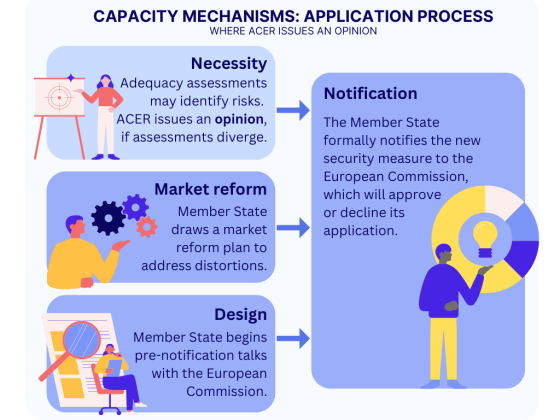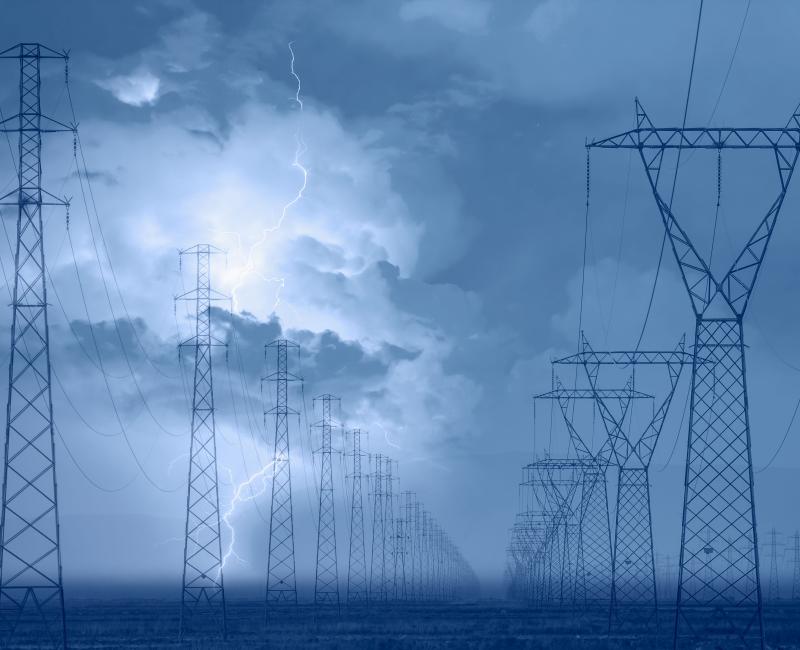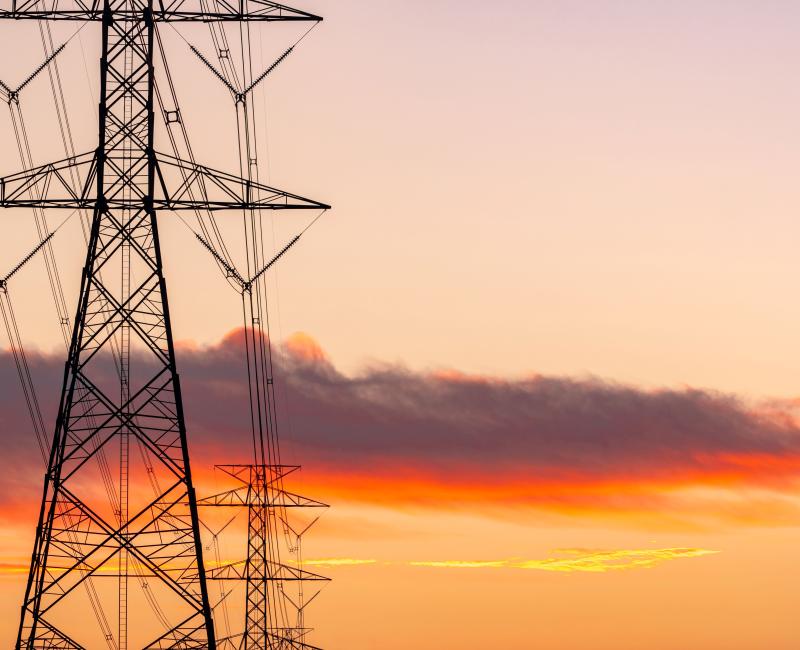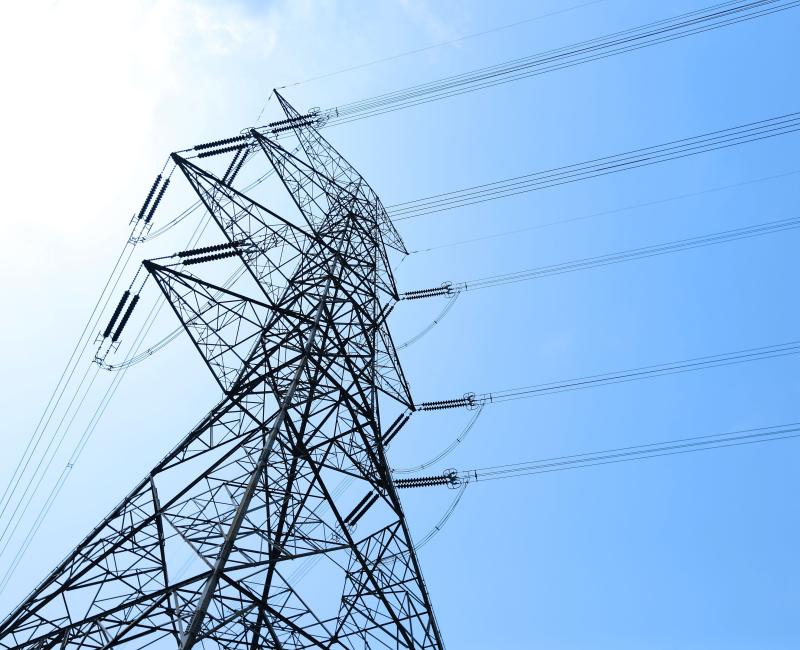National Resource Adequacy Assessments
National Resource Adequacy Assessments
What is it?

The European Resource Adequacy Assessment (ERAA) identifies potential concerns about electricity resource adequacy across the EU and provides an objective framework for assessing the need for additional national measures to ensure security of electricity supply. ERAA is carried out on an annual basis by the European Network of Transmission System Operators for Electricity (ENTSO-E) and reviewed by ACER. In May 2024, ACER approved ERAA for the first time.
Member States may choose to complement this European analysis by carrying out their own National Resource Adequacy Assessment (NRAA). While national assessments follow the ERAA methodology, they may capture new developments or national specificities that may have not been sufficiently reflected in the latest ERAA.
National Resource Adequacy Assessments
What is the role of ACER?

When a national assessment identifies adequacy concerns that are not identified in ERAA and the Member State informs ACER, ACER must issue an opinion on the differences between the NRAA and ERAA.
In some cases, ACER’s Opinion can play a role in assessing the need for introducing a capacity mechanism – which offers remuneration to capacity resources to close the forecasted adequacy gap. The assessment is done by the European Commission, following State Aid rules. The process includes:
-
identifying the necessity for the State aid measure;
-
drafting a market reform plan;
-
designing the eventual State aid measure.
National Resource Adequacy Assessments
What does ACER expect in an NRAA?
National assessments must follow the ERAA methodology. At the same time, they may introduce changes in terms of, for example:
-
new information as it becomes available since the latest ERAA;
-
national specificities that are not reflected in ERAA.
These updates must be applied consistently throughout the modelling process to ensure an accurate evaluation of investment decisions and adequacy outcomes, as outlined in ACER’s previous decisions on ERAA.
National Resource Adequacy Assessments
ACER Latest Opinions
When submitting a NRAA to ACER, Member States must explain any differences from the ERAA. This explanation can be submitted as a separate document. To facilitate this, ACER has published a set of best practices on how to clearly outline these differences.
| NATIONAL ASSESSMENT | ACER OPINION |
|---|---|
| France | ACER Opinion 12/2025 |
| Spain | ACER Opinion 11/2025 |
| Poland | ACER Opinion 01/2025 |
| Estonia | ACER Opinion 04/2024 |







